Can you think of a more perfect way to start off grilling season than roasting on the grill? Gather your friends and family – Honest Cooking visited Lobel’s Butcher Shop, in the Upper East Side of New York City to ask a few pointers on how to “grill” the perfect roast.
By Molly Nugent
Why did we choose Lobel’s to help guide us through this process? Because who better to ask than the meat experts. The butcher business has been in the family for generations, and practice has most certainly made perfect in this case. The Lobels have mastered the art of meat from beginning to end – from when the animal comes in to the shop to a delicious meal on your plate, these guys know what they’re doing. The shop only provides the highest quality prime and dry aged meats. There is also a very noticeable appreciation for quality service that has been passed down through generations. This has gained them a wide clientele of regular customers, including many well known and highly respected culinary artists.
I had the pleasure of meeting with Mark Lobel in the Upper East Side shop to ask him for his best advice when it comes to grill-roasting.
Mark (second from the right) prefaced his instructions by saying, “Grilling a roast is certainly a lot different than grilling a single piece of steak. It’s definitely a little more complicated… when it comes to grilling, it’s not an exact science.”
With that being said, it’s important to remember that everyone’s grill is different. Charcoal is very different than gas, and some people’s grills tend to be hotter while others have hot and cool spots. So, when someone tells you two minutes a pound, three minutes a pound, eight, nine, it doesn’t matter. It depends on your grill and how you use it. We suggest using an instant read thermometer for the most accurate determination of doneness.
As far as cuts go, Mark Lobel suggests Prime Rib, NY Strip or a Filet Mignon
When asked about Mark’s favorite cuts to grill he enthusiastically responded, “I love to do a Prime Rib on the grill. It’s great. What you need to do is sear it and then use indirect cooking.”
Indirect cooking is when the heat source is not directly below what is being cooked, or in this case grilled. For example, if you are using a gas grill with three burners, you have to turn the outside two burners on and leave the center one off. This will allow you to create a roasting environment on your grill. If you are using a big enough charcoal grill, create indirect heat by putting the coals all around the outside with the inside open. If there are coals directly under your roast you run the risk of burning it before it’s even cooked.
“I also love to do a shell roast. A shell is a New York Strip. A New York Strip is great to roast on the grill and then slice it down.” If you’ve been to a Yankees game, perhaps you’ve tried one of their famous sandwiches. The Lobels have an exact replica of their butcher shop in Yankee Stadium. The guys roast whole shells of beef in one piece and make steak sandwiches which they then sell in six locations throughout the building.
“Another popular one is a whole Filet Mignon.” He explains that because it’s not very thick you don’t have to use indirect cooking. Instead he recommends searing it. “As with all roasts, you should sear it on two sides, or if you can, all four.” As far as timing goes, get an approximation of how long a roast will cook at 350 degrees and back it out about fifteen minutes and start checking it with the instant-read thermometer. “You don’t want to prick it too often, but you really need to get an idea of where you are.”
Other market cuts, such as a top round or an eye round are doable as well, they just take a little more work. Because they are not as tender, juicy and flavorful as the previously described cuts, you will need to create steam and add more to the marinade to bring out flavor. Mark explains, “When you have good meat I don’t like to overdo the seasoning too much. I like to stick with a rub of olive oil, poacher’s salt – a nice course salt, some black pepper and maybe fresh garlic if you like. Keep it simple and you’ll really enjoy the flavor.”
Other tips from Mark Lobel:
Another option is to do a standing rib roast with the bones in. If you are intimidated by the bones and carving it, just ask your butcher to take the meat “off and on.” They will take the bones off and tie them back on so that afterward you are able to simply cut the string and it will be easier to slice.
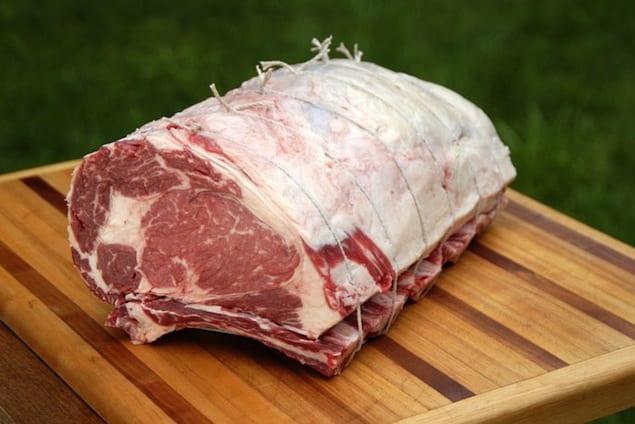
Let it sit. Many people tend to take the meat out of the oven and slice it right away. We understand that the smell is making you salivate but don’t be overeager. Every piece of meat should be left to sit for ten minutes. If you slice it right away the juices will leave the meat and flow rather than redistributing throughout.
Last but not least, a couple of safety tips: Grease the grate of the grill so that you don’t have any sticking and make sure to have a spray bottle alongside you while grilling. It will definitely be handy if you happen to have flare ups or grease fires.
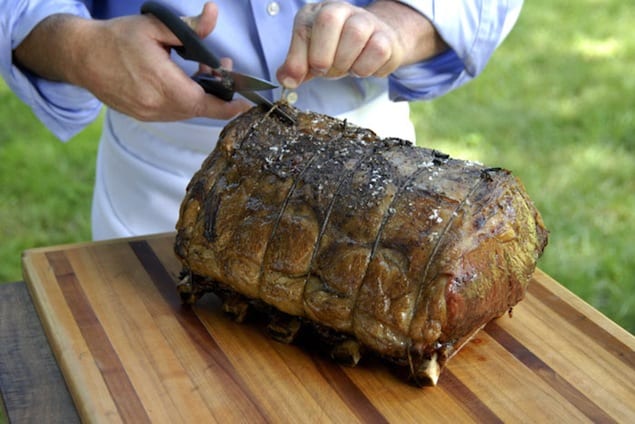
Happy grill season!









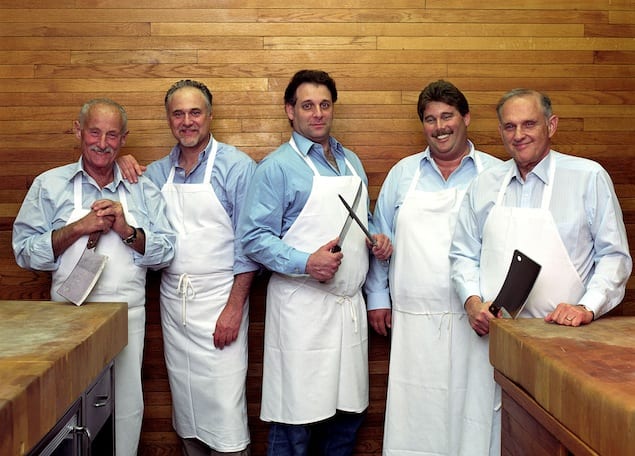
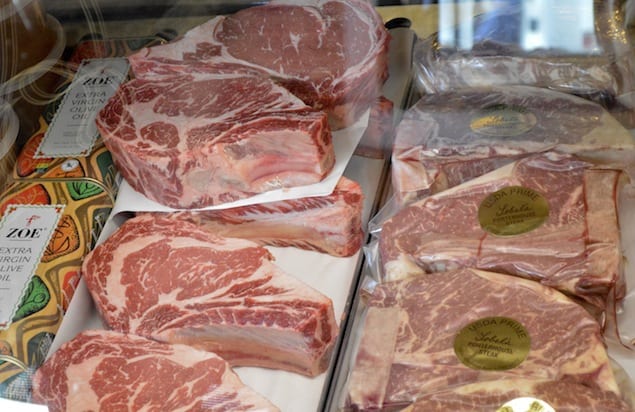


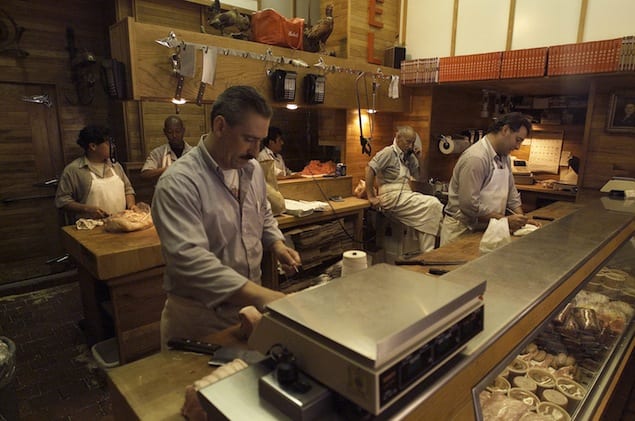







Molly! Love this article. I’m a meat science nerd at heard, and I love the photos, explanations,and how-to aspects of your post here. You do a nice job of lessening the intimidation factor that comes when folks first try to grill/cook larger cuts of meat.